What is parvin?
What is parvin? The parvins are a family of actin binding proteins (known as α-, β- and γ-parvin in mammals) that are members of the actin linking functional module at cell-matrix adhesion sites (reviewed in [1]). Parvin is a small protein (42 kDa) that [...]


